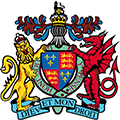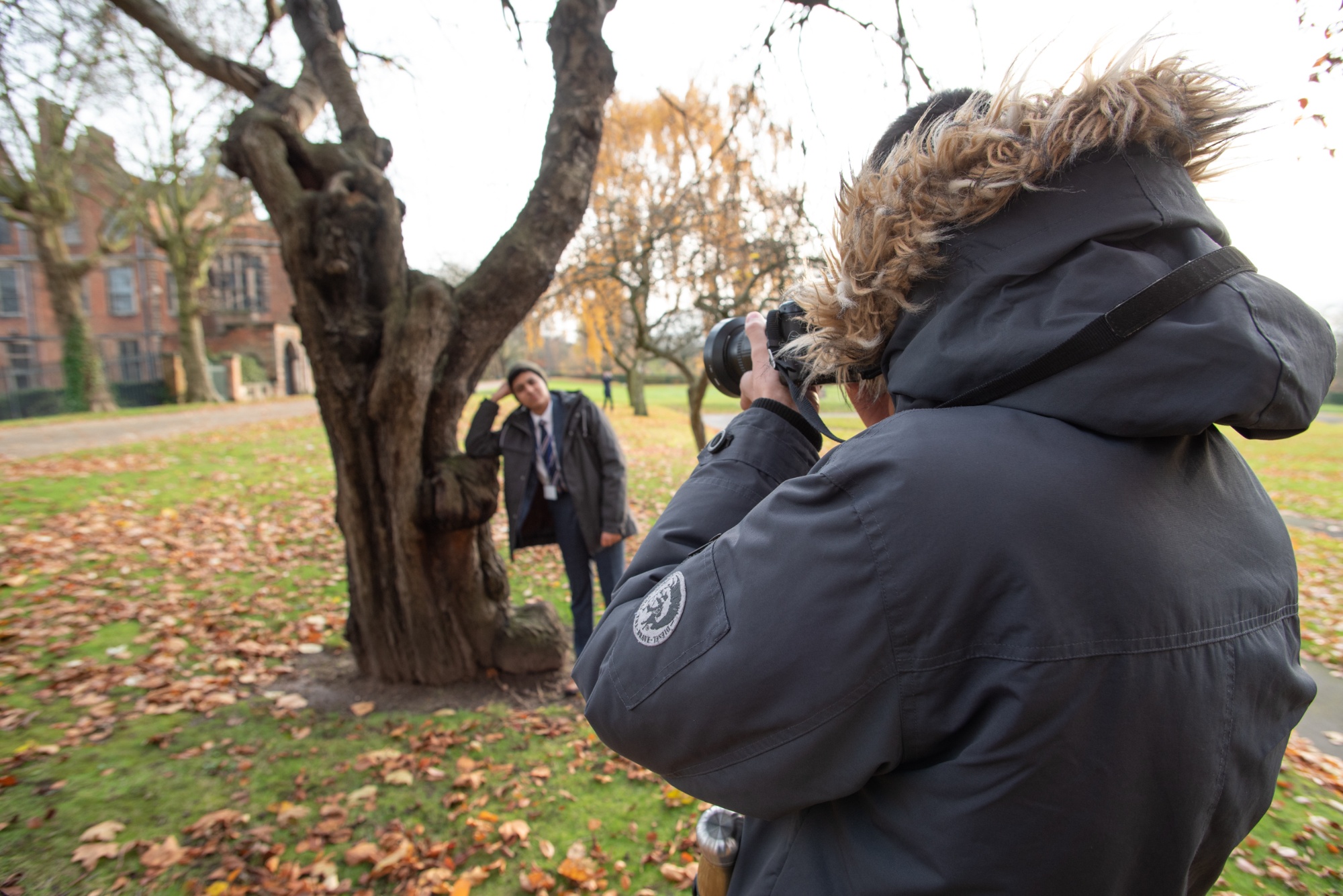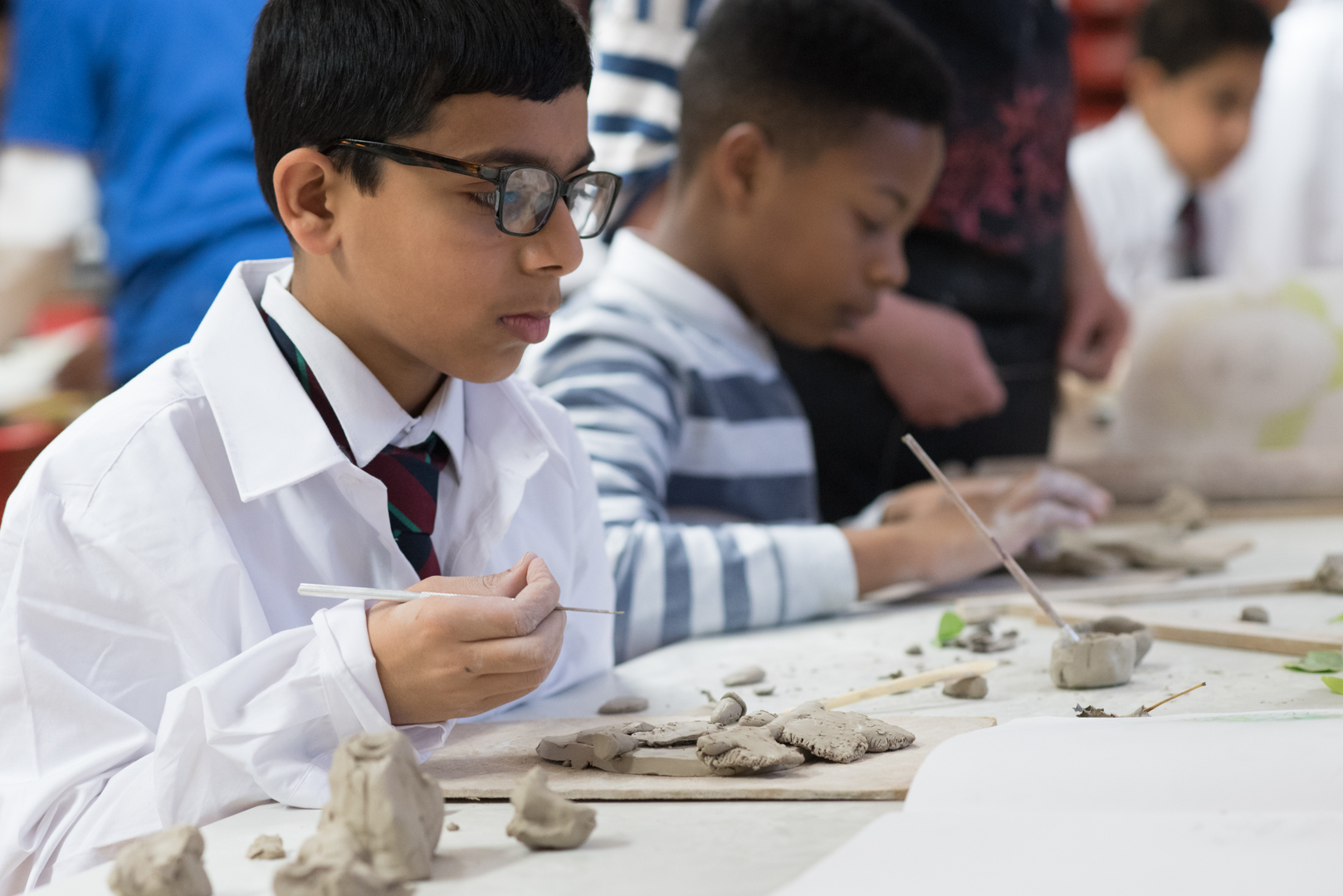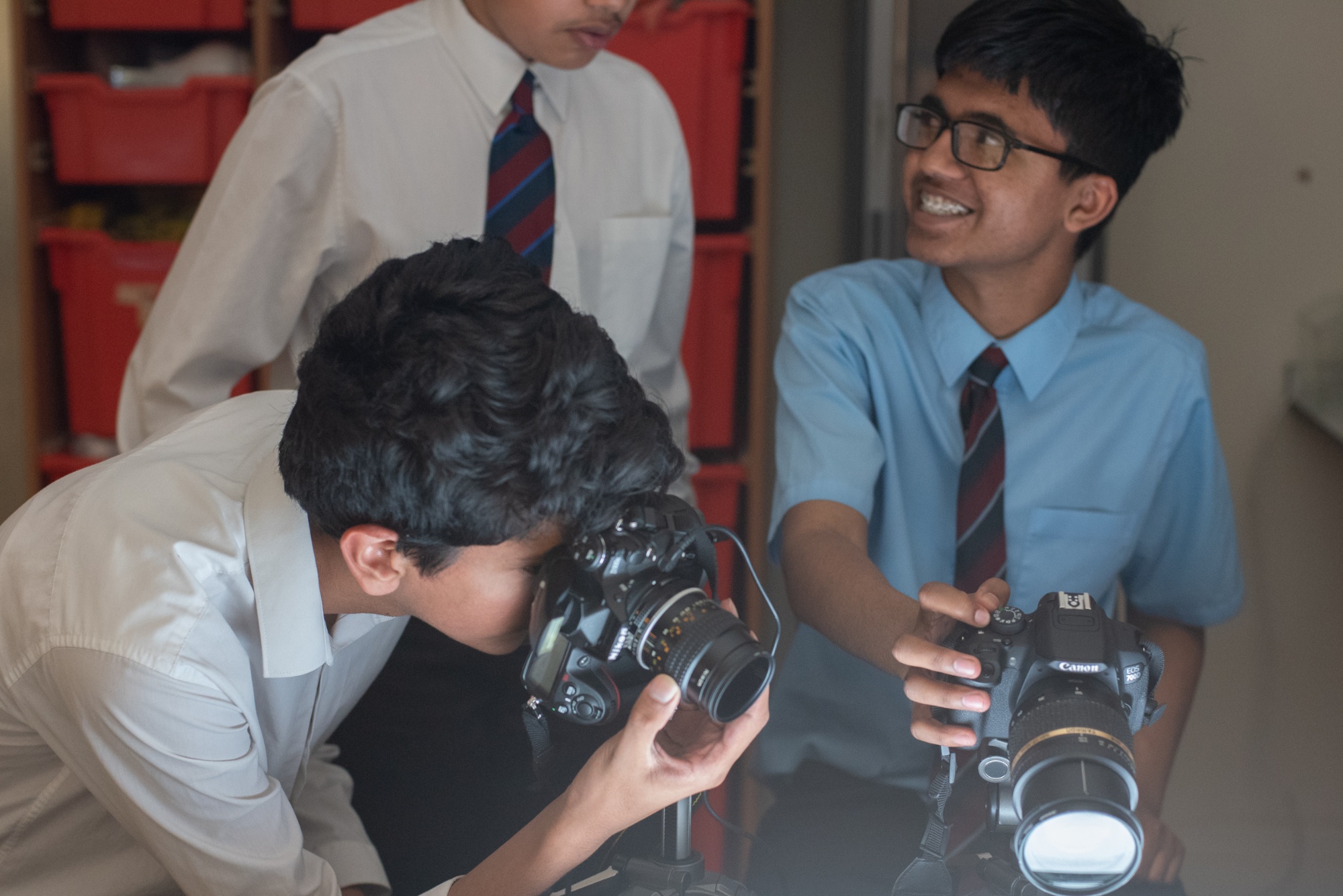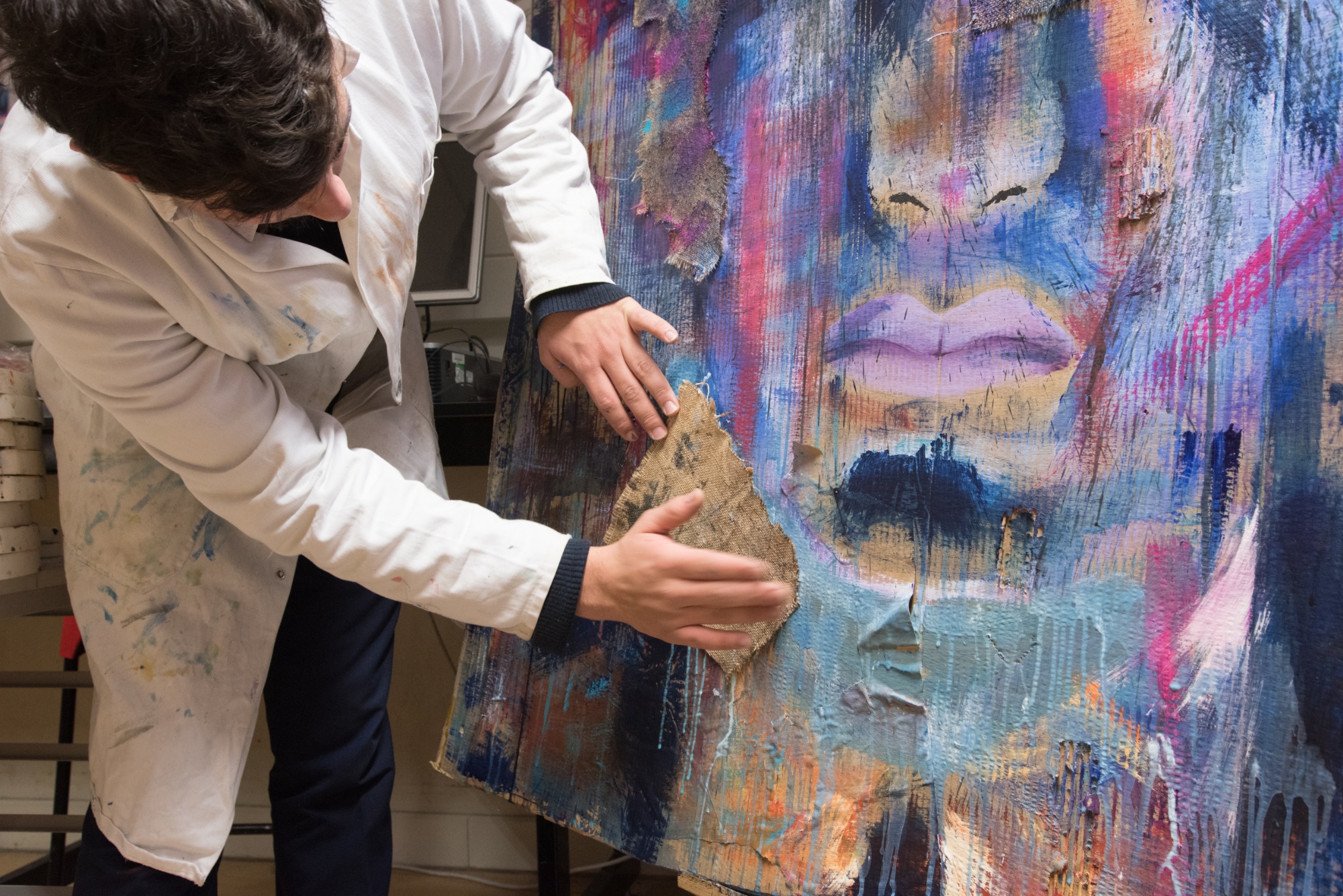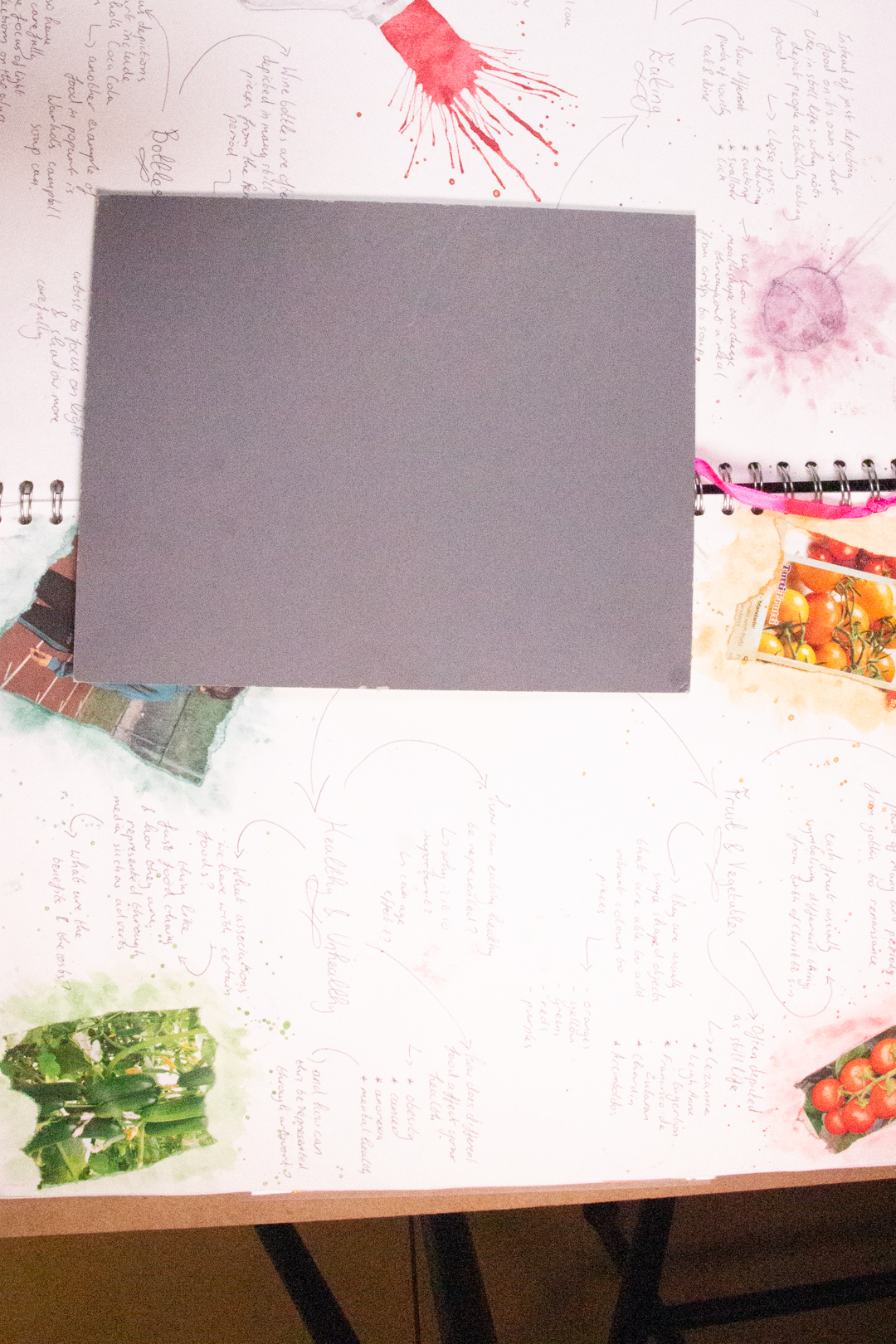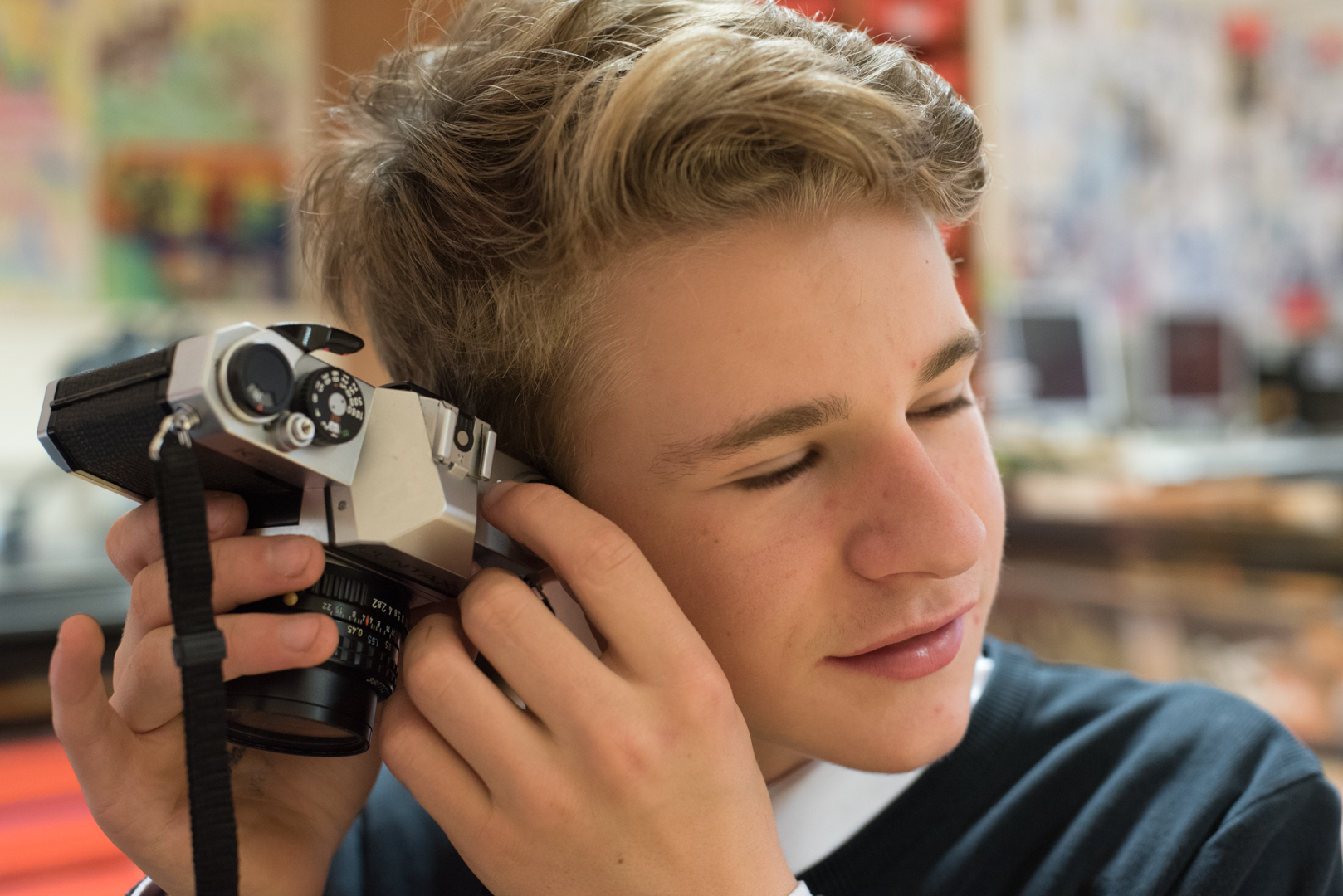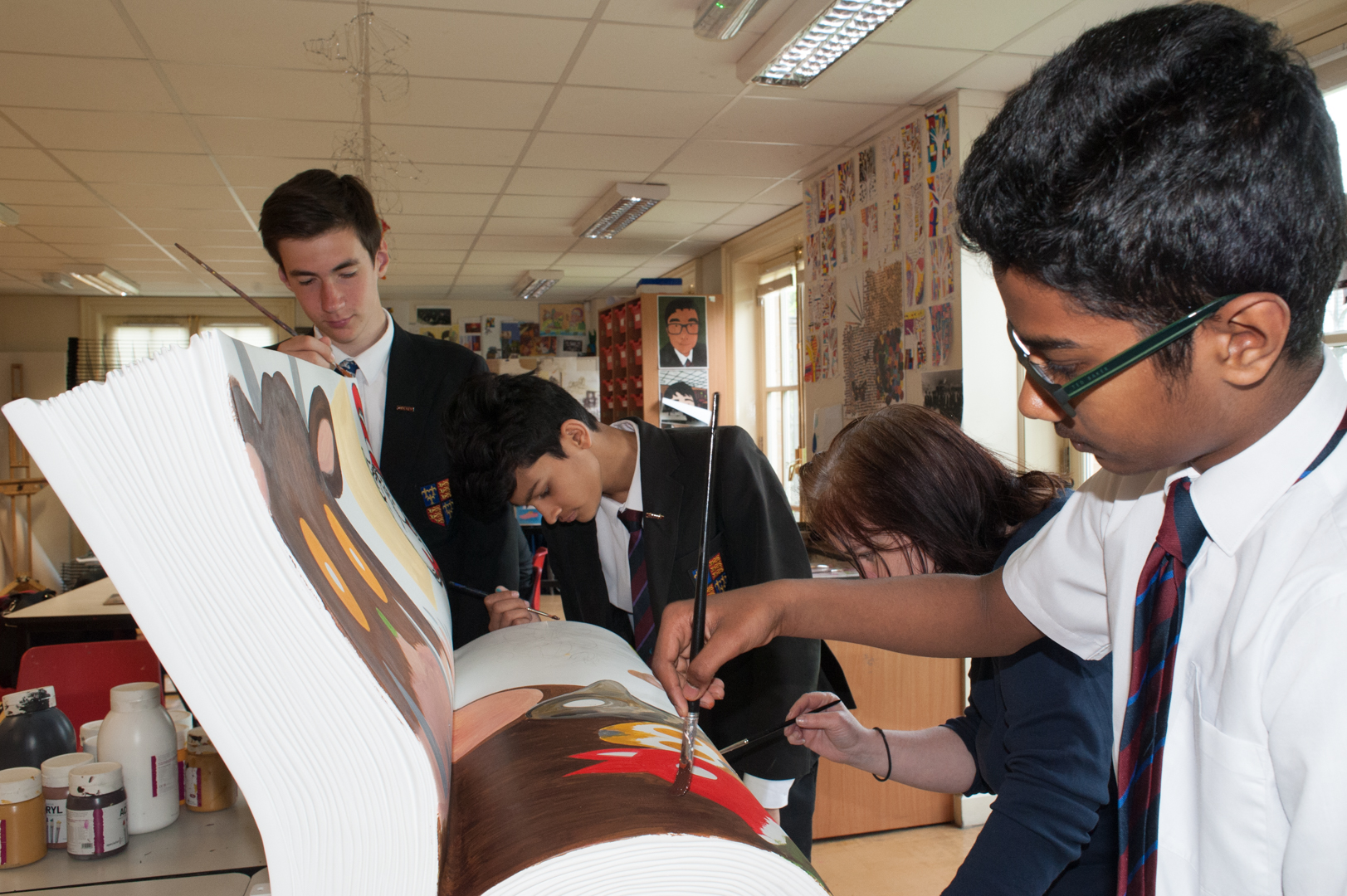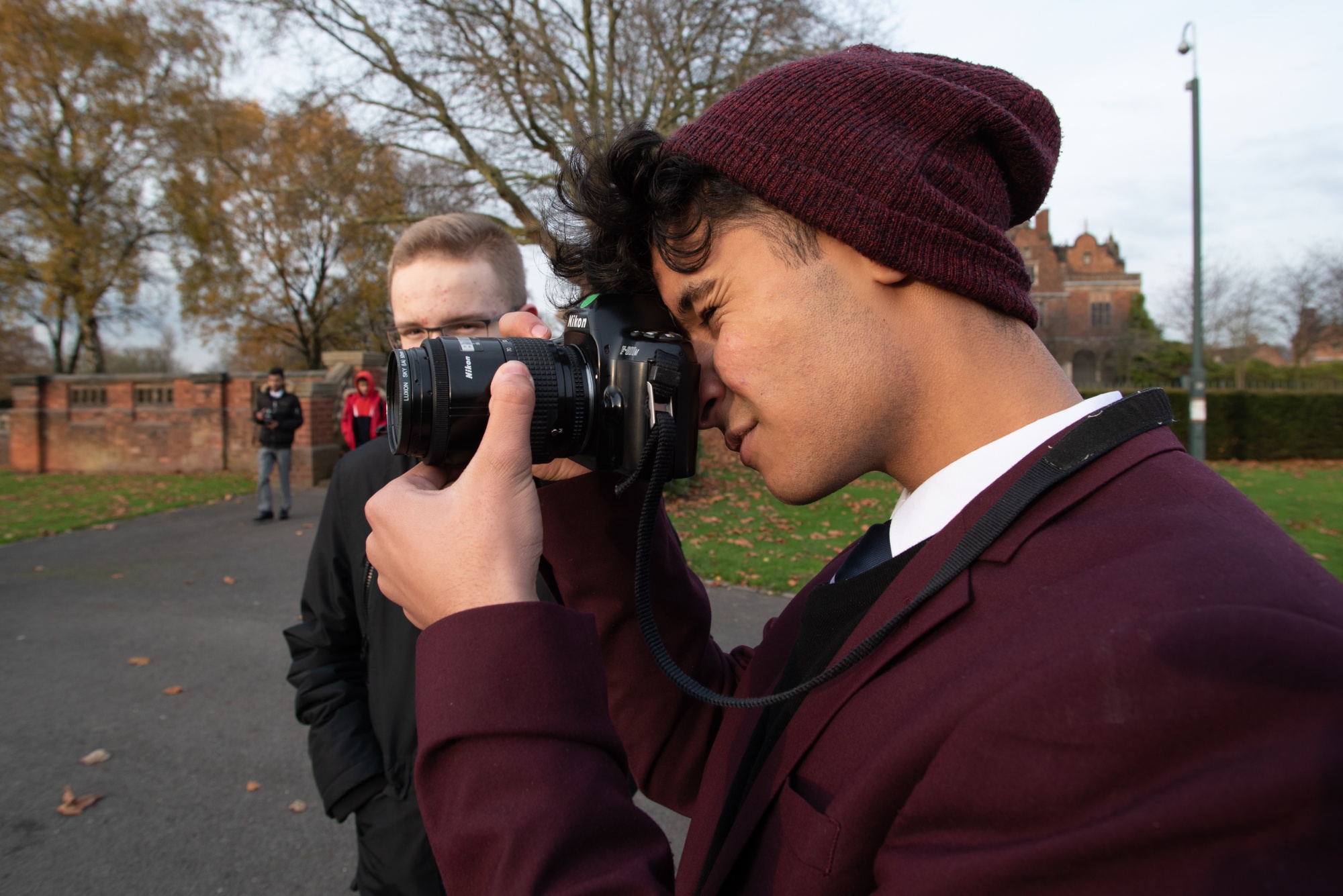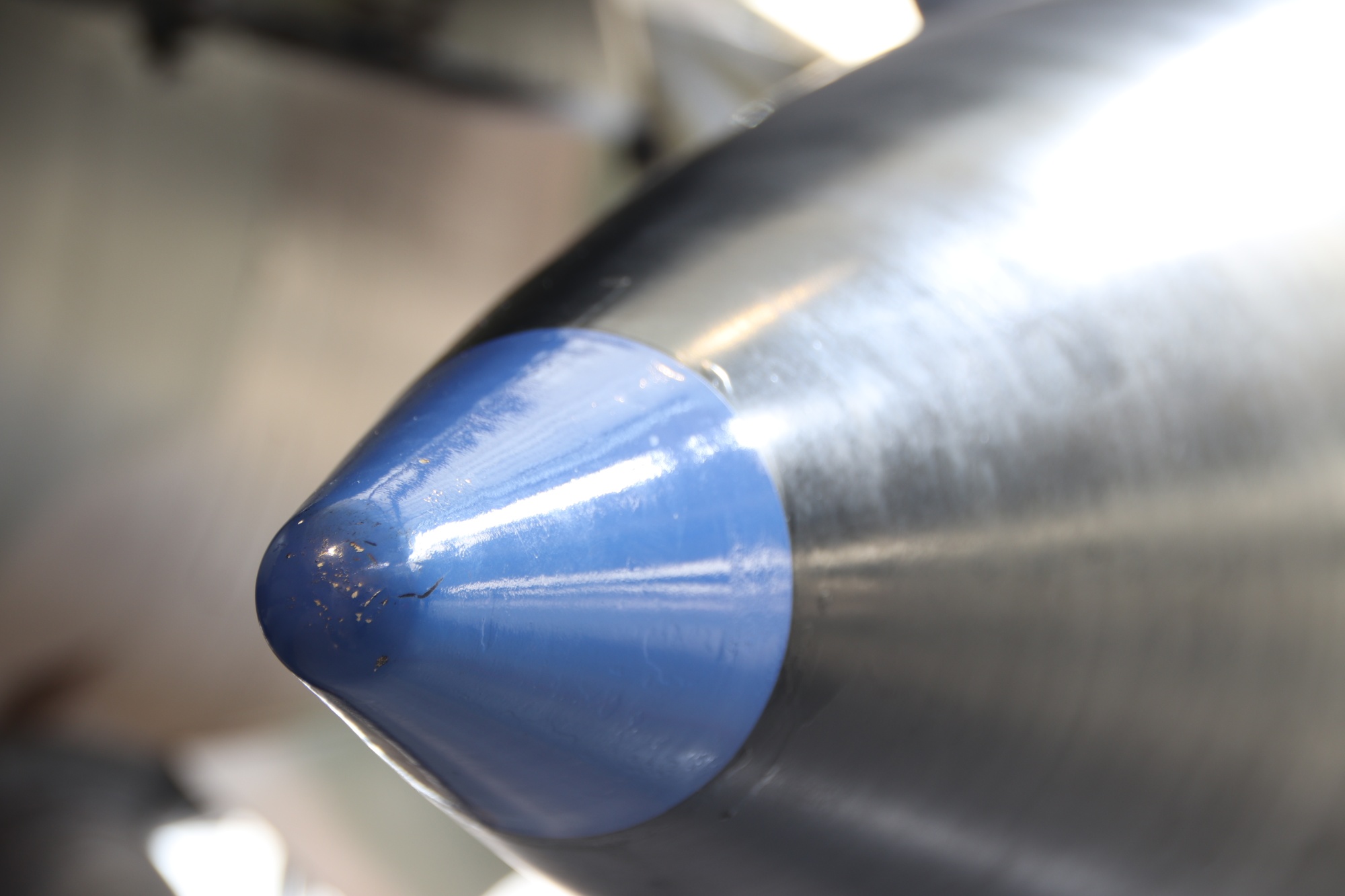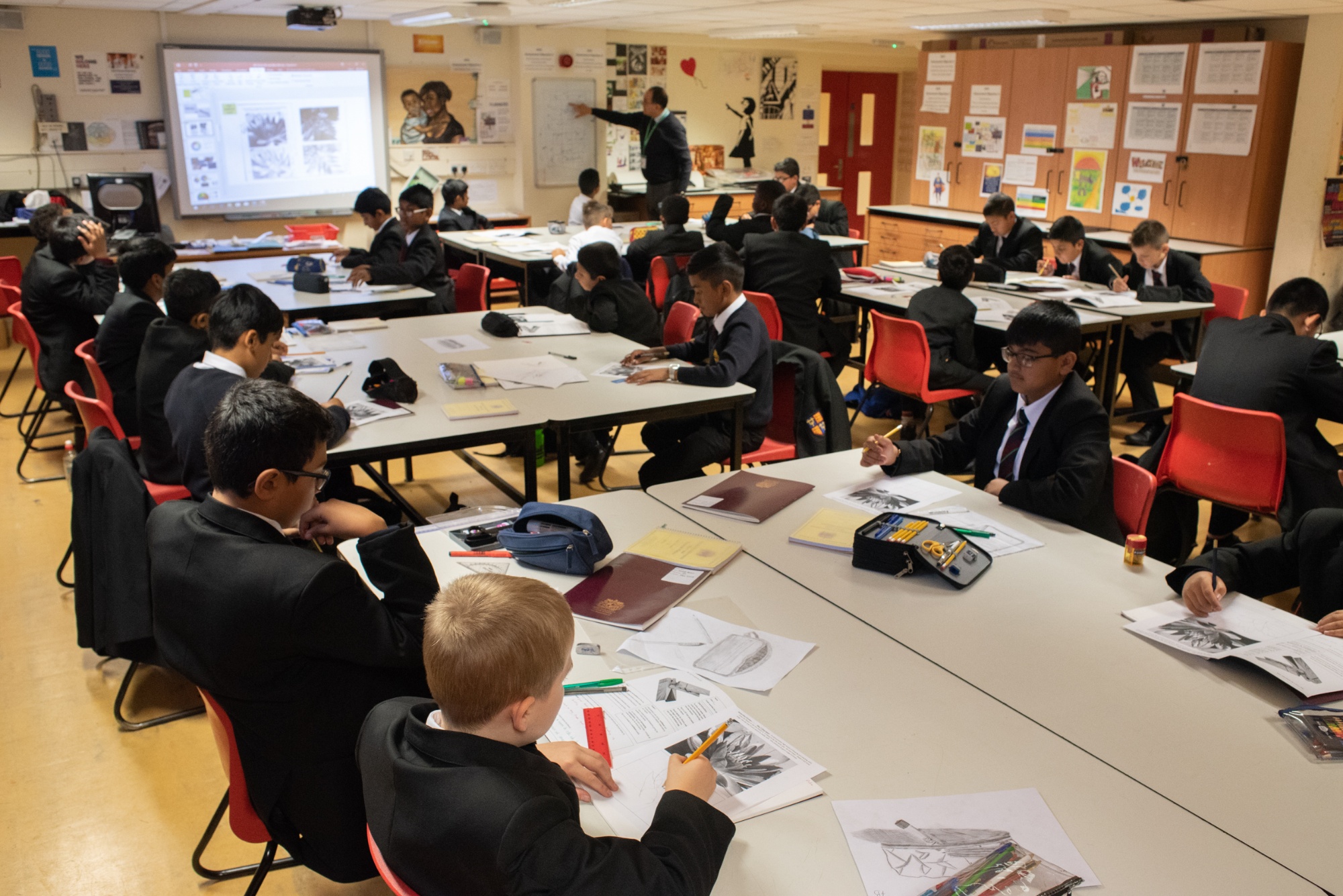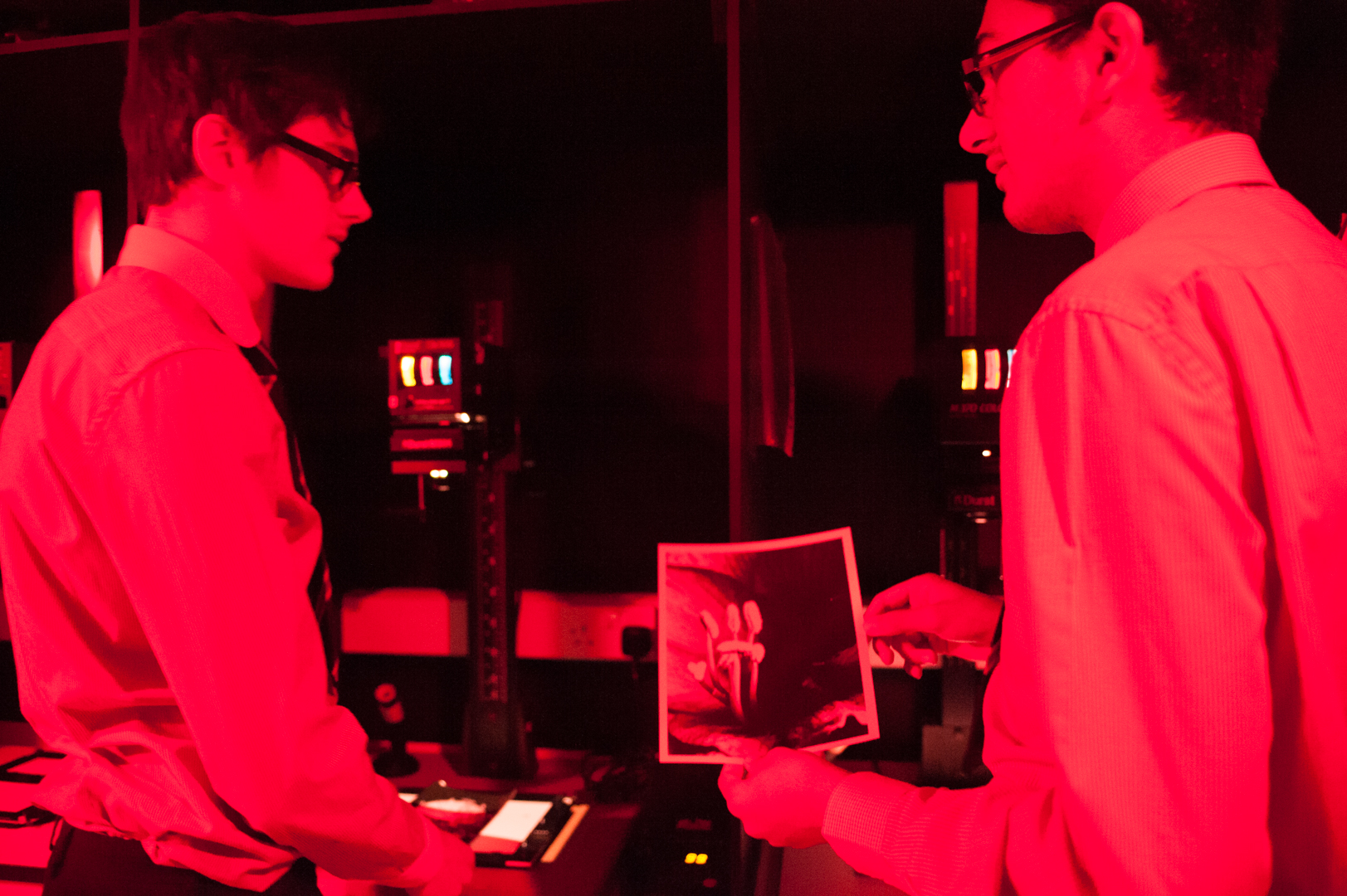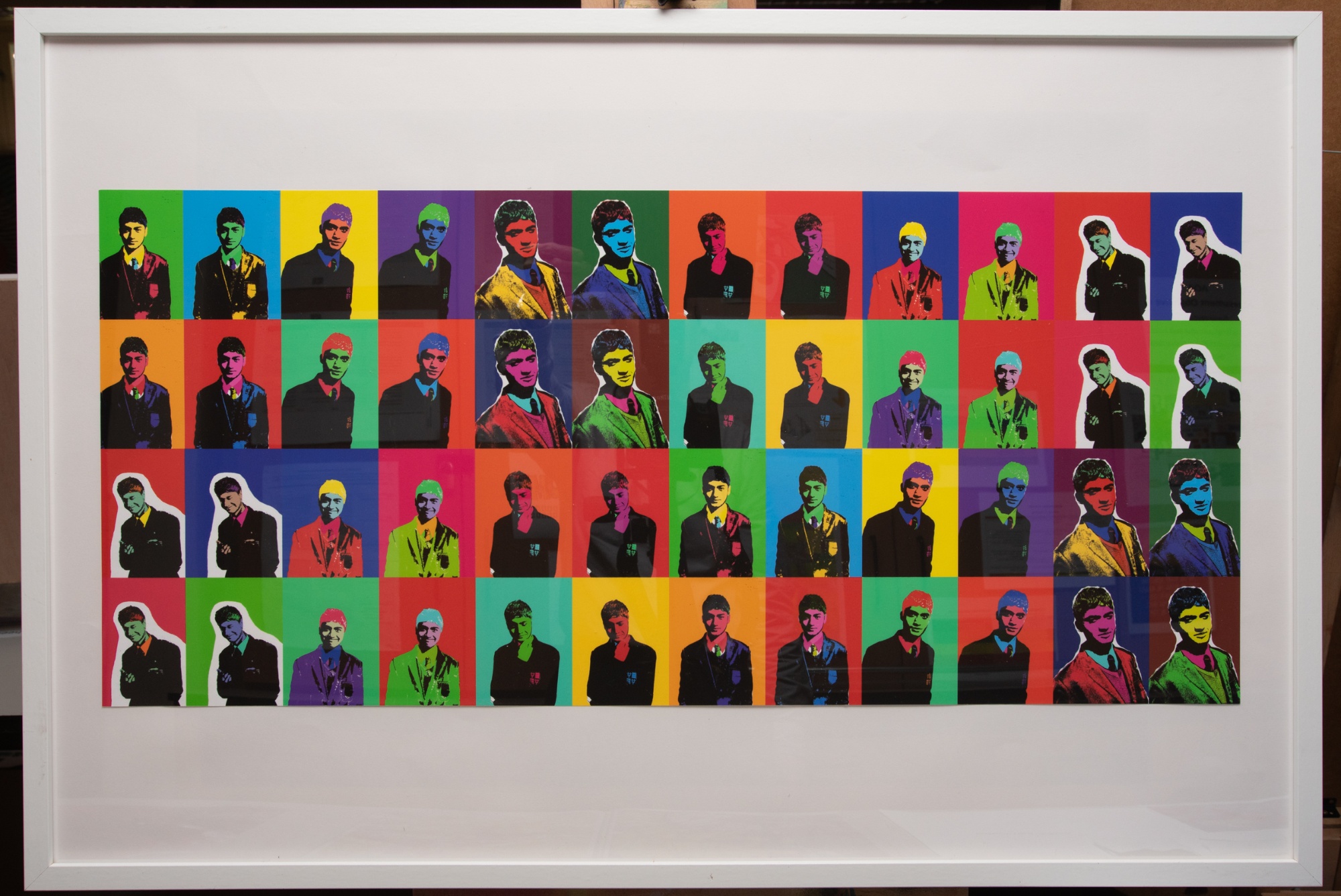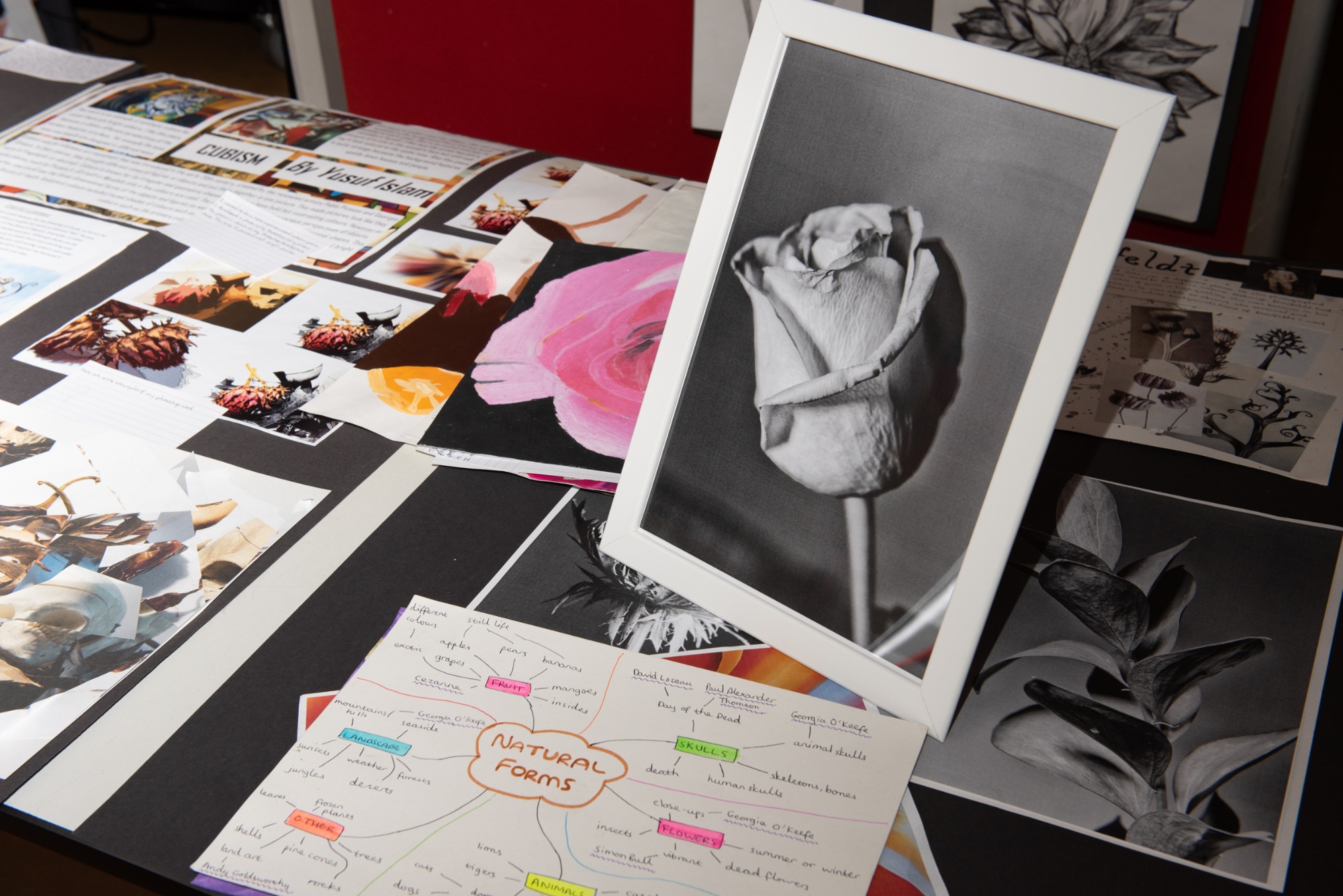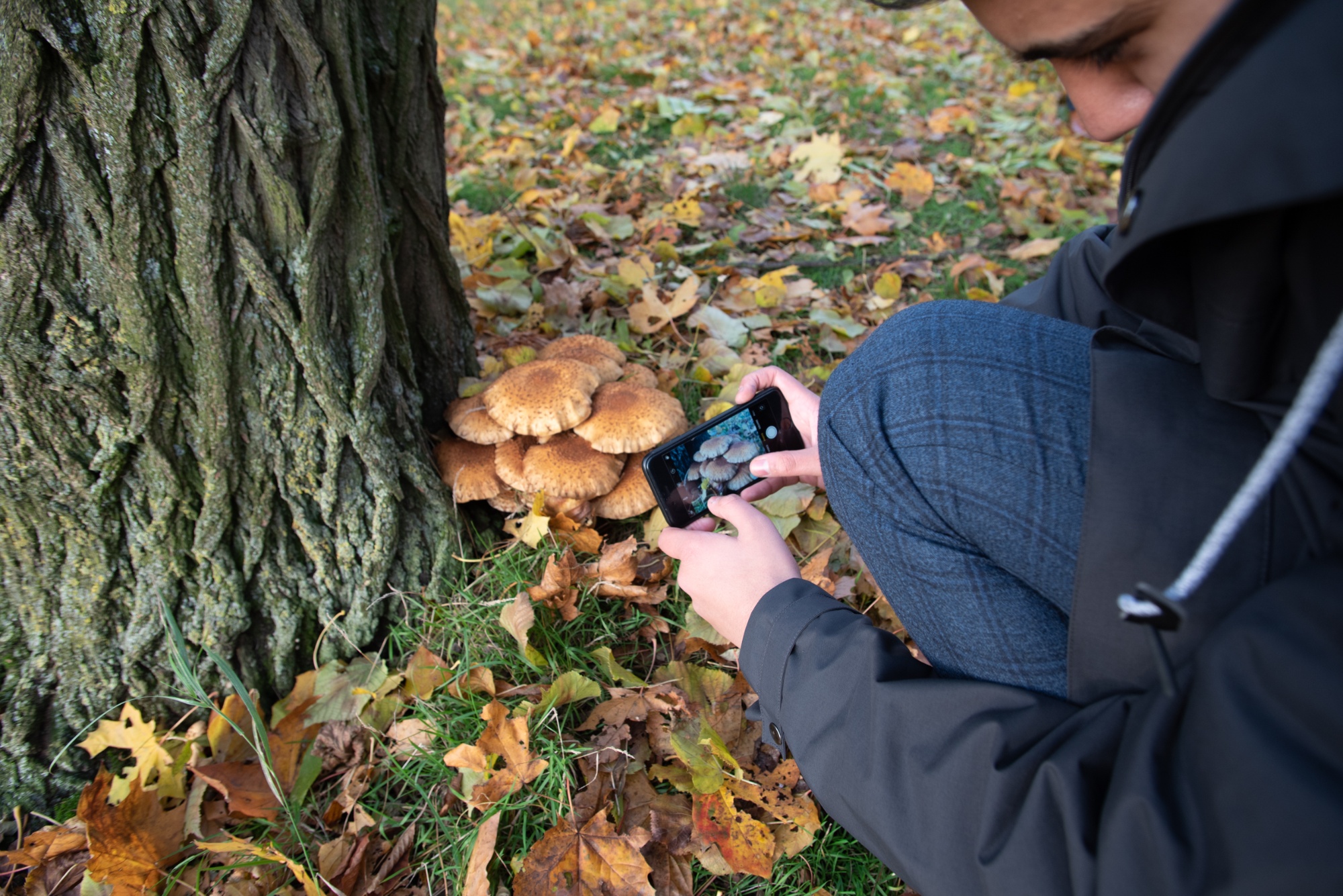Art, fine art and photography
Aston's Art department aims to allow all boys, no matter their artistic strength or interest, to be given the opportunity, skills and freedom to use their creative ability, to flourish within a creative setting, and grow in confidence during their time here. Whether through the medium of (for example) painting, drawing, photography or graphics, we encourage students to express themselves artistically, and develop their eye and their visual and practical skills.
Photography is where art and science/technology meet: the ability to point a camera-phone and snap on auto mode does not make anyone a photographer! To draw, paint or sculpt well requires the acquisition of skill and learning the craft.
Creative skills are important in every aspect of life, first and foremost as a medium of expression, but also to communicate about, record, explain, interpret, influence and reveal the world we live in. Photography, for example, is used in every walk of life from the creative industries to medicine. The capacity to draw, use perspective, visualise and see as an artist is a fundamental skill in, for example, architecture. To learn to draw, paint, capture images and use graphics also lays a valuable foundation for rewarding and relaxing hobbies. Studying art demonstrates to employers and universities creativity of thought and a wide skill base.
Our department has excellent fine art and photographic facilities, and we teach and tutor in our subjects with passion. Our students, whether studying study for GCSE or A Level through painting and drawing or photography, make extensive use of our traditional photographic darkroom facilities and small photographic studio, as well as extensive use of Photoshop (digital photo-editing software). These facilities are shared with students involved in our busy photography clubs and enrichment programme where students learn key skills: a student needs to be able to control a camera to achieve result he wants.
In years 7 to 9, art lessons primarily focus on drawing and painting, and students are encouraged to attend photography club and enrichment to learn about photography. For GCSE we offer (subject to numbers) both fine art and photography options. We teach for example students who paint and draw to use cameras, skilfully and with understanding, as a creative tool; and photographers to look at both painters and photographers for inspiration. Both media are demanding in terms of skill, time spent on coursework, commitment and focus, but deeply rewarding.
Teaching staff:
-
Miss J Moore (Subject Leader)
-
Mrs M Simcox (Head of Year 10)
-
Mrs E Farmer
Support staff:
-
Miss T Smith
Trips and visits
Trips and visits are weaved into the curriculum as appropriate to provide opportunities to all year groups at various time throughout the year. Recent trips have included workshops with leading artists; museum visits; the Defence School of Photography; to local buildings and spaces to learn about architectural and urban photography; and to the RAF Museum at Cosford to learn to photograph man-made objects. We occasionally have visiting speakers including, recently, John Bulmer: the eminent British photographer and film-maker.
Year 7
| Summary of curriculum: |
Autumn Term An introduction to basic drawing, shading and colour theory skills leading on to the Matisse project This project will explore core drawing skills and develop boys understanding of colour and how to paint. Initially, students will develop a greater understanding of how to draw considering, scale, proportion, tone moving through onto colour theory. The theme will begin with Autumn leaves then move onto Matisse collages. Spring Term: Mandalas This project will build on the pupils understanding of colour and begin to introduce patterns in detail. Pupils will explore the spiritual meaning of Mandalas across the globe and begin to design and make their own. The intention will be to create large hanging of these around the department. Summer Term: Bugs This year’s theme will be bugs. Pupils will produce close up observational studies of Bugs. They will continue to stretch and challenge themselves with drawing and shading techniques. Looking at the work of various artists including Pop Art boys will develop greater contextual understanding. Year 7 will have their first big introduction to Photoshop. They will learn how to use the basics and move on to using layers. Creativity and design are key to the latter half of this project. |
|---|---|
| Main topics: |
|
| Assessment throughout the year: |
|
| How parents can support their son’s learning: |
Many students can feel they are not good at drawing or are less able. For most this is because they need to practice over and over (just like when you are learning to drive). At home, spending extra time drawing and shading will really build confidence and skills. Encourage them also to use their phone-camera to look for and create interesting images. Encourage them to speak to the teachers for extra support or advice to further develop skills. Encourage your son to attend photography club and enrichment to learn about photography, and to learn to use the family's camera, if you have one. |
| Able and inspired opportunities: | We regularly take part in outside competitions and encourage all our pupils to get involved. Pupils are welcome to offer short art lessons as part of their Mastery and Leadership skills. |
| Useful websites: |
Year 8
| Summary of curriculum: |
Autumn term: Cubism Cubism will be the main theme for the autumn project. Boys will be introduced to the work of a range of Cubist artists. They will explore the theme of fragmentation within their own imagery. Through portraits and still life boys will produce several Cubist-inspired pieces. Photoshop will be used, and the concept of layers explored at greater depth. Spring term: Stephen Wiltshire Pupils will look at architecture as a theme and explore the drawing qualities of Stephen Wiltshire. Pupils will begin to use fine liners to sketch with, this will take perseverance and confidence to master. Colour understanding, mark making and layering will also be covered to build up their core skills. Summer term: core drawing development Pupils will look at environmental art. They will continue to explore core drawing skills but they will be challenged even more with the objects they are given to observe. Portraiture will be introduced and the work of Arcimboldo will be explored in detail. |
|---|---|
| Main topics: |
|
| Assessment throughout the year: |
|
| How parents can support their son’s learning: |
|
| Able and inspired opportunities: | We regularly take part in outside competitions and encourage all our pupils to get involved. Pupils are welcome to offer short art lessons as part of their Mastery and Leadership skills. |
| Useful websites: |
Year 9
| Summary of curriculum: |
Autumn term: skateboard art We will look at skateboard art. Pupils will be introduced to this contemporary and growing art form. using work inspired by skateboard artists, Sam Levy and doodle art boys will explore themes and concepts. Leading to the development of their very own skateboard design. Line quality, shape, imagery and colour will be some of the main areas of study. Spring term: Michael Craig Martin We will look at the work of Michael Craig Martin and how he uses still life to develop his colour work. Pupils will use observational skills to develop tonal skills and drawing techniques. They will then go onto develop colour still life images on Photoshop and layer up in the style of Michael Craig Martin. Summer term: comics We will be exploring the art form of comics. This project will look at how Stan Lee developed key characters using trade secrets! This will then develop into pupils designing and developing their own characters and story boarding. This project links really well with English and pupils are encouraged to write their own stories. Text is also an important part of this project as is the development of backgrounds using perspective. |
|---|---|
| Main topics: |
|
| Assessment throughout the year: |
|
| How parents can support their son’s learning: |
|
| Able and inspired opportunities: | We regularly take part in outside competitions and encourage all our pupils to get involved. Pupils are welcome to offer short art lessons as part of their Mastery and Leadership skills. |
| Useful websites: |
|
Year 10
| Summary of curriculum: |
September 2016 saw the launch of a new OCR GCSE Art specification. All year 10 art and photography GCSE classes follow this. Grades 9 – 1 are awarded in the summer examinations. Boys can pursue art or photography tracks, subject to class numbers. The coursework is out of 120 marks, and the exam out of 80 marks. Boys will produce a coursework portfolio over year 10 and the first term of year 11 handing this in, mounted, in December.
|
|
|---|---|---|
| Main topics: |
Fine art:
Photography:
|
|
| Assessment throughout the year: |
|
|
| How parents can support their son’s learning: |
To own a sophisticated camera is not essential to do GCSE photography; most boys use their phones. But access to one will increase students' versatility. The photographers' eye for an image and light is the most important thing to possess and train. |
|
| Able and inspired opportunities: | We regularly take part in outside competitions and encourage all our pupils to get involved. Pupils are welcome to offer short art lessons as part of their Mastery and Leadership skills. | |
| Useful websites: |
OCR website - http://ocr.org.uk/qualifications/gcse-art-and-design-j170-j176-from-2016/
|
Year 11
| Summary of curriculum: |
September 2016 saw the launch of a new OCR GCSE Art specification. All year 10 art and photography GCSE classes follow this. Grades 9 – 1 are awarded in the summer examinations. The coursework is out of 120 marks and the exam 80 marks. Boys will produce a coursework portfolio over Year 10 and the first term of Year 11 handing this in mounted in December. |
|---|---|
| Main topics: |
Fine art
Photography: in year 11 students develop the skills they have learned and practised in year 10 and focusing on specific themes or subjects they wish to document and interpret. The course involves
|
| Assessment throughout the year: |
|
| How parents can support their son’s learning: |
|
| Able and inspired opportunities: | We regularly take part in outside competitions and encourage all our pupils to get involved. Pupils are welcome to offer short art lessons as part of their Mastery and Leadership skills. |
| Useful websites: |
OCR website - http://ocr.org.uk/qualifications/gcse-art-and-design-j170-j176-from-2016/ See year 10 section. |
Year 12
| Summary of curriculum: | A Level students are introduced to a variety of experiences employing a range of media, processes and techniques through workshop style lessons that will contribute towards their portfolio and development of skills. As the course progresses each student will form a chosen area of study which will develop as their main portfolio. This will be confirmed and outlined in collaboration with each student after February half-term each year. |
|---|---|
| Main topics: |
|
| Assessment throughout the year: |
|
| How parents can support their son’s learning: |
Useful resources on AQA |
| Able and inspired opportunities: | We regularly take part in outside competitions and encourage all our pupils to get involved. Pupils are welcome to offer short art lessons as part of their Mastery and Leadership skills. |
| Useful websites: |
See year 10 section for photography resources. |
Year 13
| Summary of curriculum: |
A Level students continue to be introduced to a variety of experiences employing a range of media, processes and techniques through workshop style lessons that will contribute towards their portfolio and development of skills. As the course progresses each student will form a chosen area of study which will develop as their Main portfolio. This will be confirmed and outlined in collaboration with each student after February half-term each year. |
|---|---|
| Main topics: |
|
| Assessment throughout the year: |
Component 1: personal investigation No time limit • 96 marks • 60% of A Level non-exam assessment This is a practical investigation supported by written material. Students are required to conduct a practical investigation, into an idea, issue, concept or theme, supported by written material. The focus of the investigation must be identified independently by the student and must lead to a finished outcome or a series of related finished outcomes. The investigation should be a coherent, in-depth study that demonstrates the student’s ability to construct and develop a sustained line of reasoning from an initial starting point to a final realisation. The investigation must show clear development from initial intentions to the final outcome or outcomes. It must include evidence of the student’s ability to research and develop ideas and relate their work in meaningful ways to relevant critical/contextual materials. The investigation must be informed by an aspect of contemporary or past practice of artists, photographers, designers or craftspeople. Component 2: response externally-set assignment Preparatory period and fifteen hours supervised • 96 marks • 40% of A Level non-exam assessment Separate question papers will be provided for each title. Each question paper will consist of a choice of eight questions to be used as starting points. Students are required to select one. Students will be provided with examination papers on 1 February, or as soon as possible after that date. Preparatory period – from 1 February following receipt of the paper students should consider the starting points and select one. Preparatory work should be presented in any suitable format, such as mounted sheets, design sheets, sketchbooks, workbooks, journals, models and maquettes. Supervised time – fifteen hours following the preparatory period, students must complete fifteen hours of unaided, supervised time. |
| How parents can support their son’s learning: |
Useful resources on AQA |
| Able and inspired opportunities: |
We regularly take part in outside competitions and encourage all our pupils to get involved. Pupils are welcome to offer short art lessons as part of their Mastery and Leadership skills. |
| Useful websites: |
See year 10 section for photography resources. |

